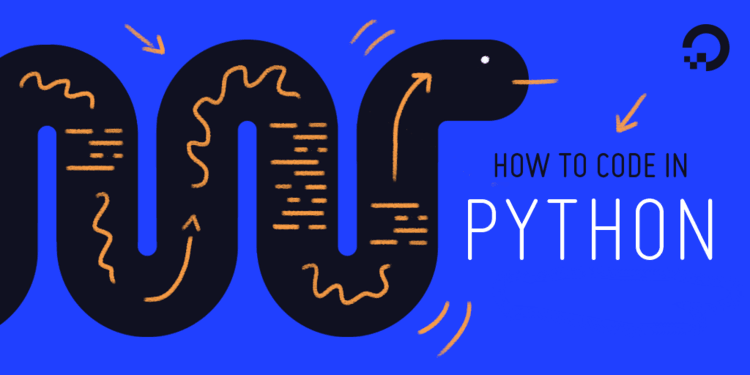Summary: In this programming example, we will learn to convert a string or sentence into Pig Latin using Python programming.
What is Pig Latin?
It is said that Pig Latin is not any kind of language but is a language game that children use to speak in code. It is formed by altering the letters in a word.
Here’s how it works:
First, pick an English word. We’ll use dictionary.
Next, move the first consonant or consonant cluster to the end of the word: “ictionary-d”.
Now add “ay” to the end of the word: “ictionary-day”.
That’s all there is to it; you’ve formed a word in Pig Latin.
I recommend you to read more about Pig Latin on the wiki.
Now we have some idea what exactly is Pig Latin, so let’s try converting a whole sentence into its Pig Latin form.
sentence = input('Enter a Sentence: ').lower()
words = sentence.split()
for i, word in enumerate(words):
'''
if first letter is a vowel
'''
if word[0] in 'aeiou':
words[i] = words[i]+ "ay"
else:
'''
else get vowel position and postfix all the consonants
present before that vowel to the end of the word along with "ay"
'''
has_vowel = False
for j, letter in enumerate(word):
if letter in 'aeiou':
words[i] = word[j:] + word[:j] + "ay"
has_vowel = True
break
#if the word doesn't have any vowel then simply postfix "ay"
if(has_vowel == False):
words[i] = words[i]+ "ay"
pig_latin = ' '.join(words)
print("Pig Latin: ",pig_latin)Output:
Enter a Sentence: Pencil Programmer
Pig Latin: encilpay ogrammerpray
Explanation:
- Input a sentence using the
input()method - Split it into a list of words using
split() - Loop through the words and check if any of them begins with vowels.
- If yes, then concatenate “ay” and update the word in the word’s list.
- Else check if there is any vowel present in between the word.
- If yes then get the first vowel index position and postfix all the consonants present before that vowel to the end of the word along with “ay”.
- Otherwise, postfix “ay” to the word because it doesn’t have any vowel.
- Form a new sentence using the
join()method and output it.
These are the steps following which we can easily convert any sentence into its corresponding Pig Latin form in Python.

when i try the above code, I have TypeError: ‘str’ object is not callable for line 6
how do I convert the data?
The code is working fine. Please check again.
Are you able show me how to pseudocode before coding this Pig Latin form in Python?
how can i do this without using break?
Can you pseudocode this in Python please?
FOR EACH word IN words
{
APPEND(word, “-“)
letter ← FIRST_LETTER(word)
IF (IS_VOWEL(letter)) {
APPEND(word, “yay”)
} ELSE {
APPEND(word, letter)
APPEND(word, “ay”)
REMOVE_FIRST(word)
}
}
Thank you so much Adarsh Kumar!! I’m still in the basics.
Hi Adarsh Kumar
I need your help, can you explain this in text please? (bellow)
# Returns true if the given character is an English vowel
def is_vowel(char):
vowels = [‘a’, ‘e’, ‘i’, ‘o’, ‘u’]
return char.lower() in vowels
# Pig Latin algorithm
words = [“peanut”, “butter”, “and”, “jelly”]
for i in range(0, len(words)):
word = words[i]
word += “-“;
first_letter = word[0]
if is_vowel(first_letter):
word += “yay”
else:
word += first_letter
word += “ay”
word = word[1:]
words[i] = word
print(words)
thanks